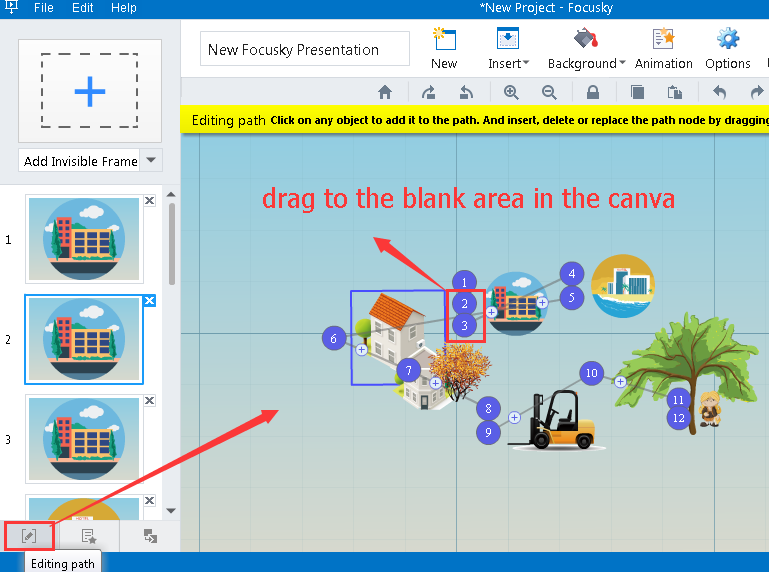
Delete path
Автор: Tina Brown 17.12.2018Remove-Item

❤️ : Delete path
It's just a shell variable. This APK file is safe to download. It actually uses extended-length paths which incorporates Unicode versions of WinApi functions in order to remove and enumerate the files.

Changes the attributes associated with a path. You can edit your curve, you can paint with your curve, or even save, import, and export the curve. The layer will become dark gray once it is selected.

IBM Tivoli Storage Manager for Linux: Administrator's Reference - Does the issue occur for a particular file?

Deletes the specified items. Because it is supported by many providers, it can delete many different types of items, including files, folders, registry keys, variables, aliases, and functions. Examples Example 1: Delete files that have any file name extension This command deletes all of the files that have names that include a dot '. Because the command specifies a dot, the command does not delete folders or files that have no file name extension. It uses the Include and Exclude parameters to specify the files to delete. It uses the Path parameter to specify the file. It uses the Force parameter to delete it. Without Force, you cannot delete read-only or hidden files. Because the Recurse parameter in Remove-Item has a known issue, the command in this example uses Get-ChildItem to get the desired files, and then uses the pipeline operator to pass them to Remove-Item. It uses Include to specify the CSV file type, and it uses Recurse to make the retrieval recursive. It uses Remove-Item to remove the key. The path is specified, but the optional parameter name Path is omitted. If the key contains subkeys and you omit the Recurse parameter, you are prompted to confirm that you want to delete the contents of the key. The stream parameter is introduced in Windows PowerShell 3. The first command uses the Stream dynamic parameter of the Get-Item cmdlet to get the Zone. The second command uses the Stream dynamic parameter of the Remove-Item cmdlet to remove the Zone. Identifier stream of the file. The third command uses the Stream dynamic parameter of the Get-Item cmdlet to verify that the Zone. Identifier stream is deleted. The fourth command Get-Item cmdlet without the Stream parameter to verify that the file is not deleted. Identifier Get-Item : Could not open alternate data stream 'Zone. Unlike the Path parameter, the value of LiteralPath is used exactly as it is typed. No characters are interpreted as wildcards. If the path includes escape characters, enclose it in single quotation marks. Single quotation marks tell PowerShell not to interpret any characters as escape sequences. The value of this parameter qualifies the Path parameter. The syntax of the filter, including the use of wildcard characters, depends on the provider. Filters are more efficient than other parameters, because the provider applies them when the cmdlet gets the objects rather than having PowerShell filter the objects after they are retrieved. Type: String Position: Named Default value: None Accept pipeline input: False Accept wildcard characters: True Forces the cmdlet to remove items that cannot otherwise be changed, such as hidden or read-only files or read-only aliases or variables. The cmdlet cannot remove constant aliases or variables. Implementation varies from provider to provider. For more information, see. Even using the Force parameter, the cmdlet cannot override security restrictions. Type: SwitchParameter Position: Named Default value: False Accept pipeline input: False Accept wildcard characters: False Indicates that this cmdlet deletes the items in the specified locations and in all child items of the locations. When it is used with the Include parameter, the Recurse parameter might not delete all subfolders or all child items. This is a known issue. Type: SwitchParameter Position: Named Default value: None Accept pipeline input: False Accept wildcard characters: False Specifies an alternative data stream from a file that this cmdlet deletes. This cmdlet does not delete the file. Enter the stream name. Wildcard characters are supported. This parameter is not valid on folders. The Stream parameter is a dynamic parameter that the FileSystem provider adds to Remove-Item. This parameter works only in file system drives. You can use Remove-Item to delete an alternative data stream. However, it is not the recommended way to eliminate security checks that block files that are downloaded from the Internet. If you verify that a downloaded file is safe, use the Unblock-File cmdlet. This parameter was introduced in Windows PowerShell 3. The cmdlet is not run. Type: SwitchParameter Aliases: wi Position: Named Default value: False Accept pipeline input: False Accept wildcard characters: False Inputs System. String You can pipe a string that contains a path, but not a literal path, to this cmdlet. Outputs None This cmdlet does not return any output. Notes The Remove-Item cmdlet is designed to work with the data exposed by any provider. To list the providers available in your session, type Get-PsProvider. For more information, see.
How to Delete Part of a Shape - Illustrator CC
This APK file is safe to download. I doubt it would work in Windows command shell or Powershell. Pointer turns to. Delete path Angelina, Thank you for posting the query in Microsoft Community. It has the advantages that as a bash function it works like a glad without needing to be a program on the path, and it doesn't require any external programs to run, just bash string manipulation. This parameter is required. The Paths palette shares a window with the Layers and Channels palettes.

